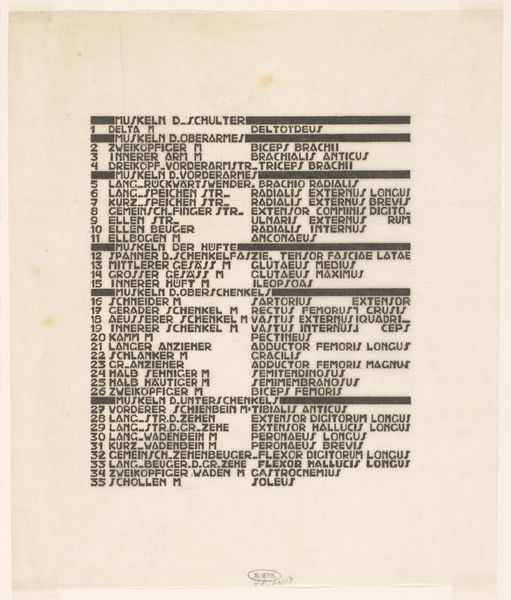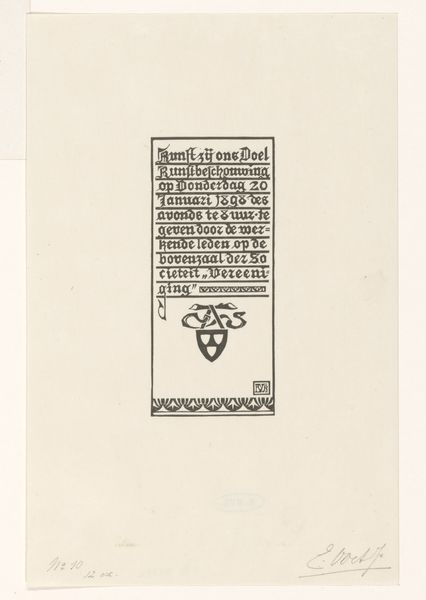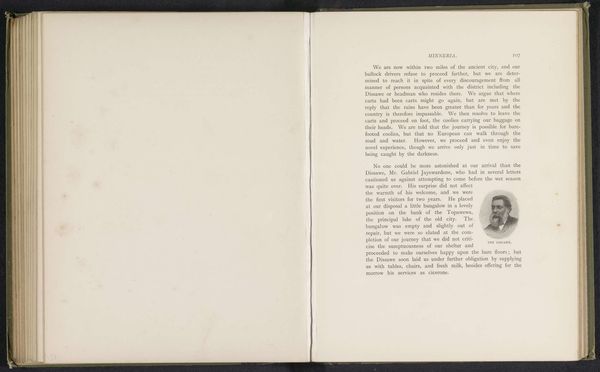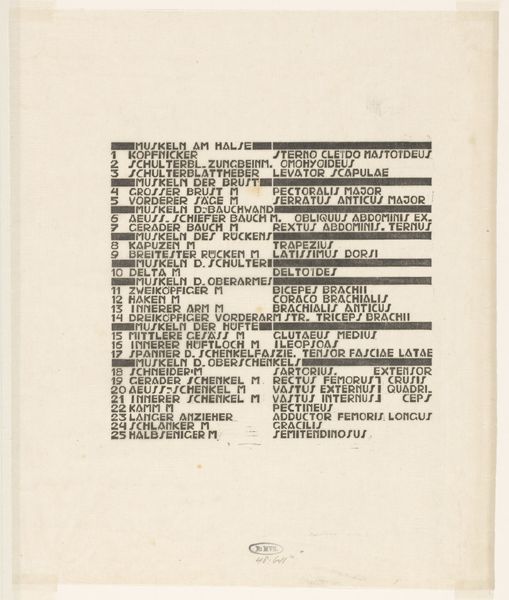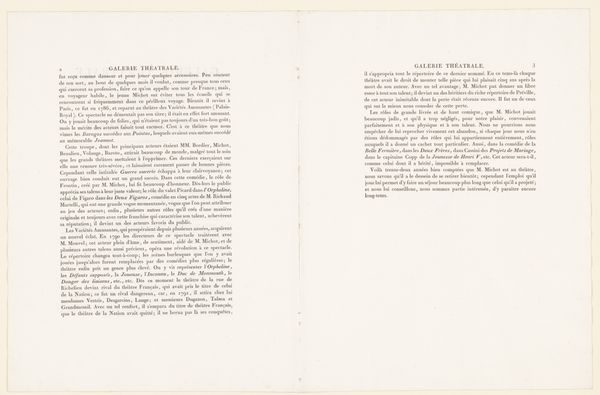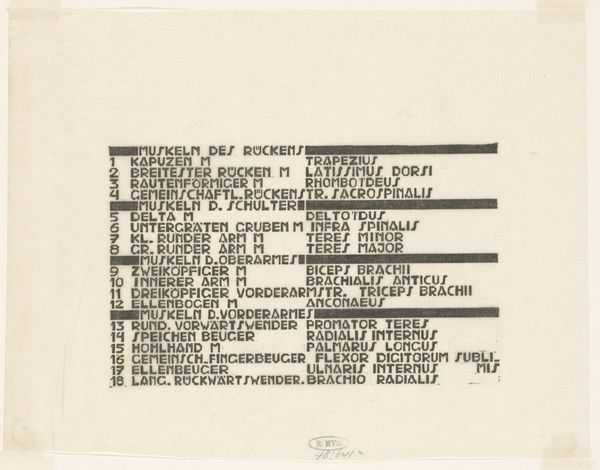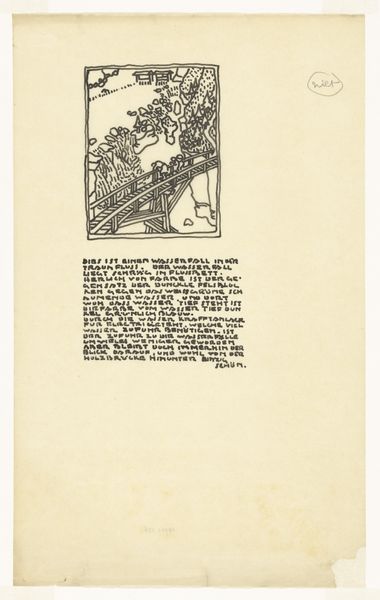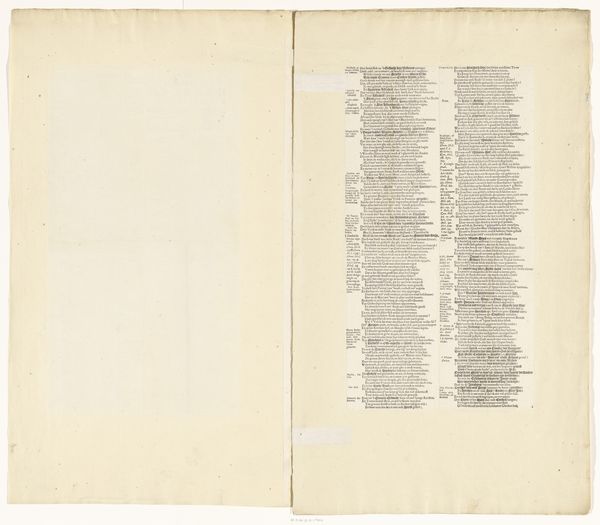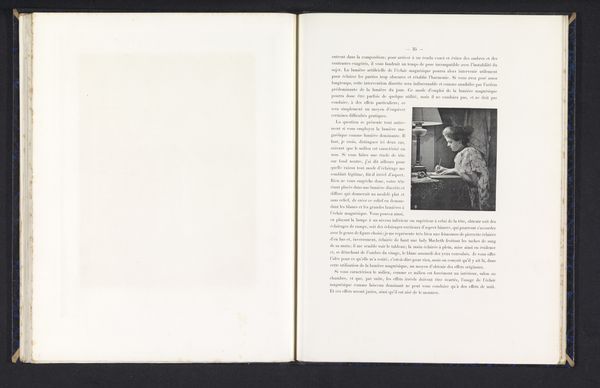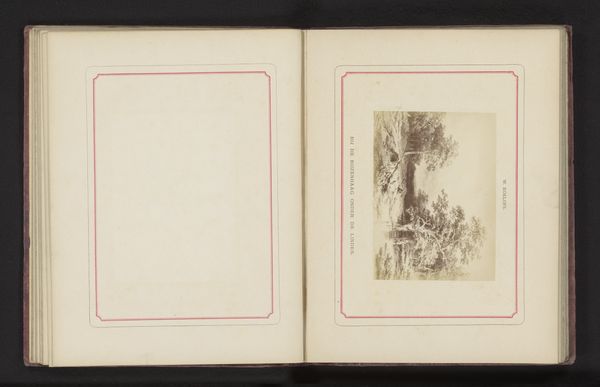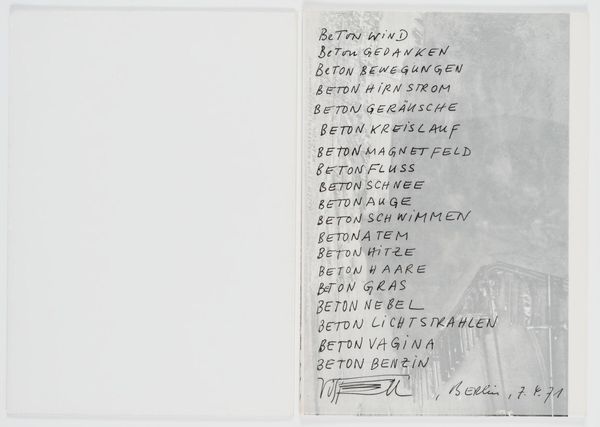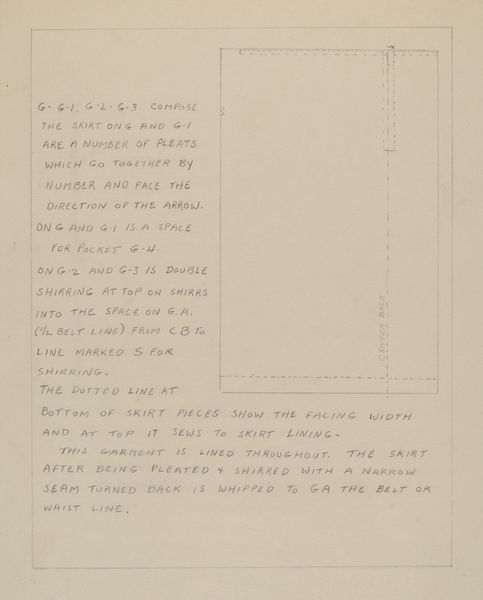
drawing, print, typography, woodcut, poster
#
drawing
# print
#
german-expressionism
#
typography
#
woodcut
#
poster
Copyright: Public Domain
Curator: Looking at this broadside by Ernst Ludwig Kirchner, dating to 1906, one immediately recognizes it as more than just a decorative object. Crafted from woodcut and typography, it functions as a poster, essentially the manifesto for Die Brücke, or The Bridge, artists' group. Editor: It's stark, visually jarring, even before understanding the words. The deliberate crudeness of the letterforms almost shouts off the page, conveying a sense of urgent disruption, perhaps anger. The stark contrast amplifies that raw feeling. Curator: That visceral response is key to understanding German Expressionism. The medium itself embodies a break with academic tradition. The Brücke artists embraced woodcut precisely because of its primal, less refined qualities. It signaled a return to supposedly more authentic modes of expression. Note how the type looks hand-hewn rather than typeset. Editor: Exactly. This declaration isn’t just about aesthetics; it’s a social and political statement. This manifesto explicitly calls upon "all youth," beckoning them to join together. In the social climate of Germany in 1906, with growing industrialization, they’re rejecting bourgeois values and institutional authority by championing authenticity and community, especially through art. Curator: The text underscores this. The manifesto promises creative and personal freedoms, an emancipation "from all the well-established, older forces." It is almost an invitation into a rebellion. One might consider this document alongside others, looking to manifestos as artifacts unto themselves, complete with their own symbology of the era. Editor: I think considering who it excludes is crucial. Whose voices and experiences were considered valuable enough to contribute to this new wave of art? This call for freedom, like so many in history, needed to extend to *everyone* pushing against these very norms, rather than inadvertently upholding existing power structures. That's where their artistic impact and our contemporary judgment have to engage critically. Curator: It is fascinating to reconsider the ripple effect generated by documents like this one, acknowledging both their visionary boldness and inherent limitations. It challenges us to think critically about how artistic movements reflect and shape societal narratives. Editor: Agreed. Examining the cultural and artistic artifacts of any period forces a kind of double vision – honoring revolutionary artistic visions, yes, but simultaneously dismantling what was left out or left behind, asking ourselves who else was at the “bridge” that didn’t make it into the frame.
Comments
stadelmuseum about 2 years ago
⋮
In 1906, Kirchner wrote the Brücke manifesto and cut it in wood. “Everyone who reproduces, directly and in unadulterated form, whatever he senses the urge to create, belongs to us”, it proclaims. Set in block-like manner in a slender vertical rectangle and angular capital letters, the text itself has become an artwork. Associations with the book art of the Middle Ages come to mind. The manifesto was sent out to the ‘passive’ members of the Brücke and laid out at exhibitions for visitors to take with them.
Join the conversation
Join millions of artists and users on Artera today and experience the ultimate creative platform.
